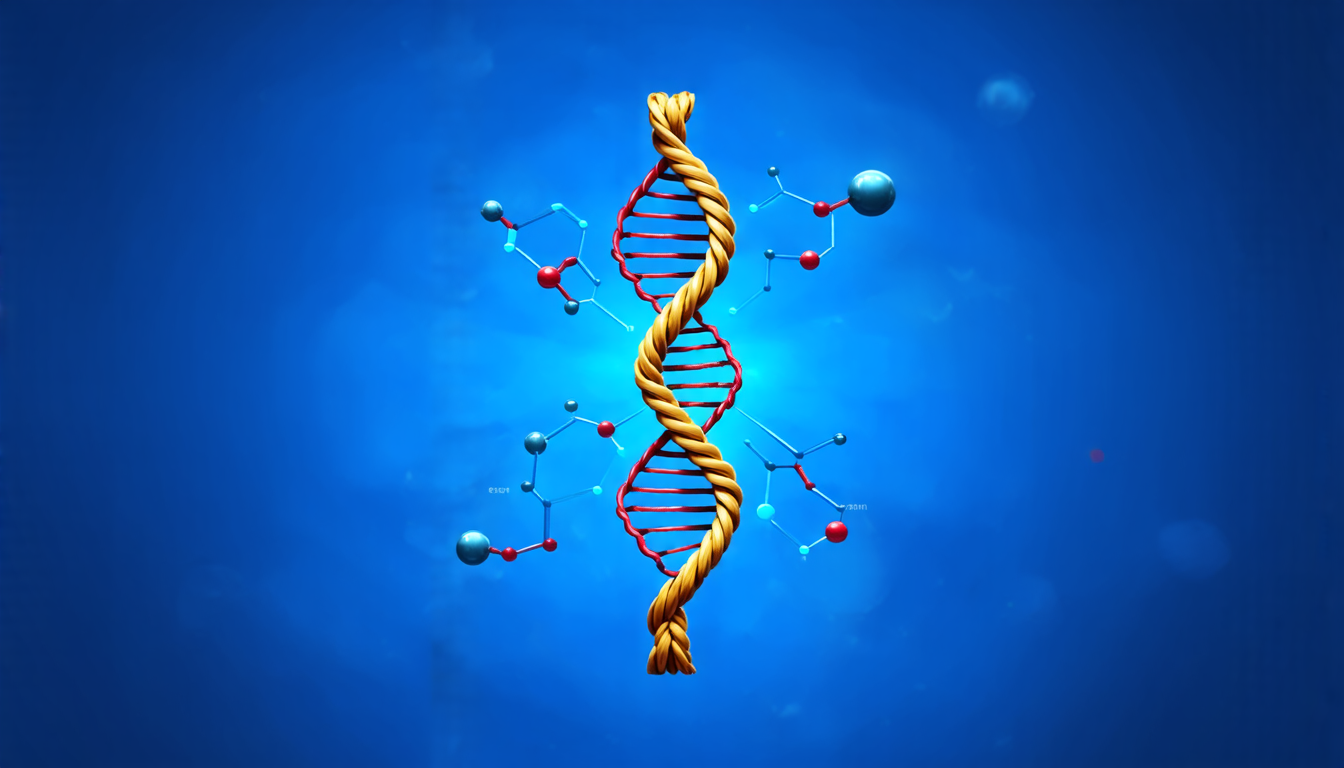Monday 10 March 2025
A team of scientists has made a significant breakthrough in understanding how chromosomes, the building blocks of our DNA, are organized within cells. For decades, researchers have struggled to grasp the intricacies of chromosome structure and function, but this new study sheds light on the complex process.
Chromosomes are like long, twisted ropes that contain all the genetic information needed for an organism’s growth, development, and survival. But how do these ropes get tangled up inside a cell? The answer lies in the condensin proteins, which act as molecular motors to compress and organize chromosomes during cell division.
Using advanced computer simulations and experimental techniques, researchers have discovered that condensin proteins play a crucial role in shaping chromosome structure by creating loops and coils. These structures are essential for the proper segregation of chromosomes during cell division, ensuring that each daughter cell receives a complete set of genetic information.
The study found that condensin II, one of two types of condensin proteins, is responsible for forming large-scale scaffold-like structures within chromosomes. These structures provide a framework for the condensation process, allowing chromosomes to become compact and organized. Condensin I, on the other hand, is involved in local helical loop arrangements, which help to maintain chromosome stability.
The researchers also discovered that defects in these chromosomal structures can lead to errors during cell division, potentially resulting in genetic disorders or cancer. Understanding how condensin proteins shape chromosomes could provide valuable insights into the causes of these diseases and help develop new treatments.
This study is significant not only because it provides a deeper understanding of chromosome biology but also because it highlights the importance of condensin proteins in maintaining genome stability. As scientists continue to unravel the mysteries of chromosomal organization, this research paves the way for further discoveries that could have major implications for our understanding of human health and disease.
In the cell, the intricate dance between condensin proteins and chromosomes is a delicate balance of forces and structures, akin to a complex game of molecular Jenga. By understanding how these players interact, researchers can gain a better grasp of the underlying mechanisms that govern genome stability and potentially uncover new ways to prevent genetic disorders and diseases.
Cite this article: “Unraveling the Secrets of Chromosomal Organization”, The Science Archive, 2025.
Chromosomes, Condensin Proteins, Dna, Cell Division, Genome Stability, Genetic Disorders, Cancer, Molecular Motors, Scaffold-Like Structures, Helical Loop Arrangements







